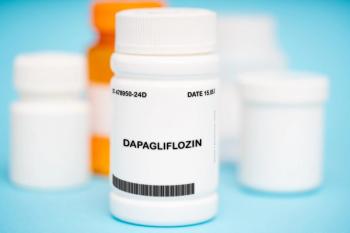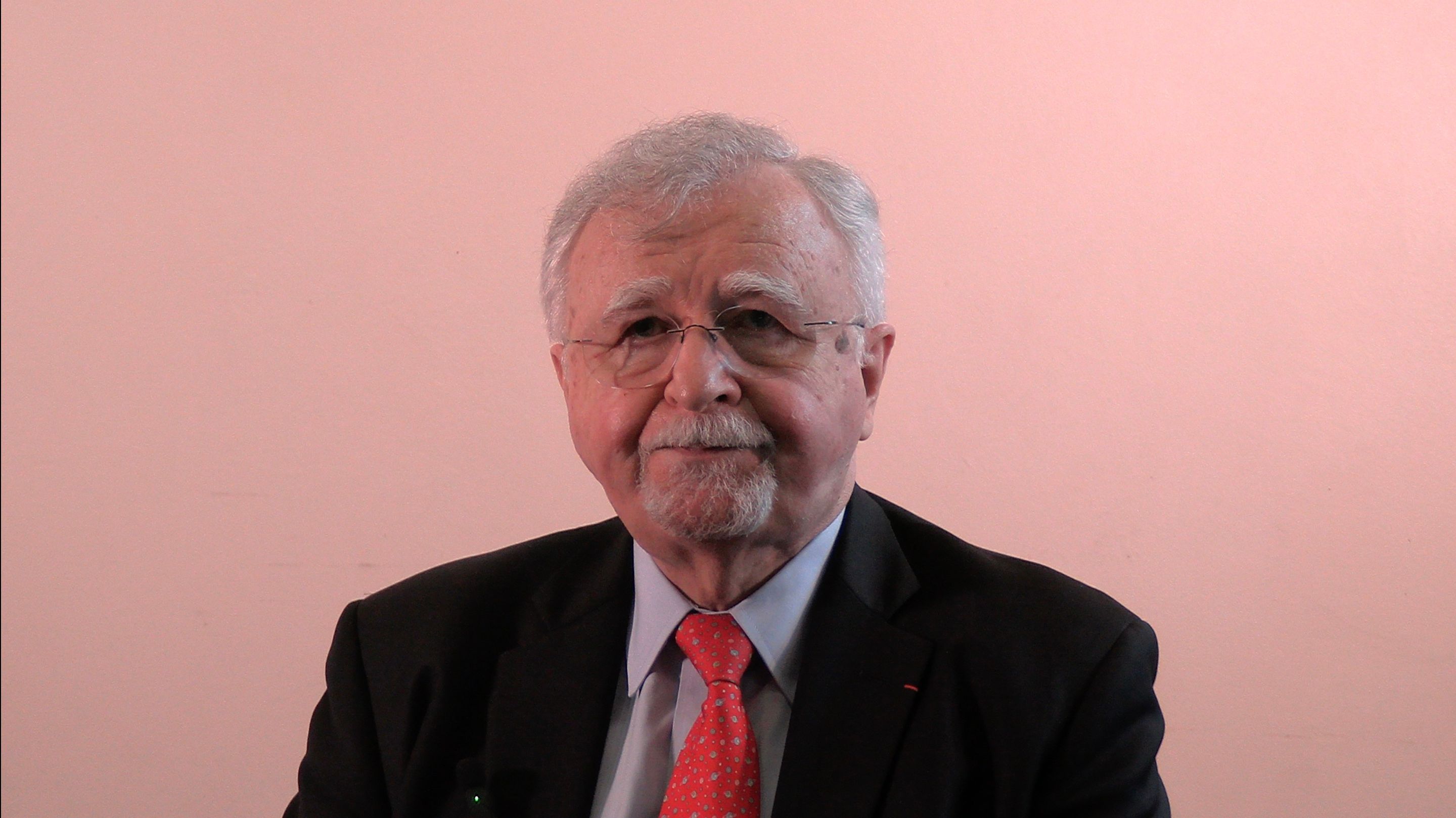
Providers
Latest News

Latest Videos

CME Content
More News

Cardiologists need skills in risk assessment, contraception counseling, and hypertension management for pregnant patients, according to Kathryn Lindley, MD, FACC, Vanderbilt University Medical Center.

Stephanie Graff, MD, details insights from a study evaluating the perspectives and perceptions on clinical meaningfulness from patients, clinicians, and caregivers.

A real-world analysis found that patients with acute coronary syndrome who were also diagnosed with a hematologic malignancy had worse survival outcomes, and patients with multiple myeloma were overrepresented in the population.

Results showed that evobrutinib did not produce a more superior reduction in annualized relapse rates than teriflunomide, a previously approved disease-modifying agent.

This data represented the first-ever research presented at ACR on both fractures and calcium pyrophosphate deposition disease.

New data presented at ACR 2023 highlighted the differences in rates of flares and Boolean 2.0 remission rates compared to patients with rheumatoid arthritis who continued a tumor necrosis factor inhibitor (TNFi).

Mrinal M. Gounder, MD, a sarcoma oncologist at Memorial Sloan Kettering Cancer Center and lead investigator of the phase 3 DeFi trial of nirogacestat in desmoid tumors, discusses the drug's recent FDA approval and potential impacts on desmoid tumor treatment going forward.

Kelly-Anne Phillips, MD, shares new findings suggesting that hormonal contraceptive use can increase the risk for breast cancer in those with genetic variants of BRCA1 and BRCA2.

Sara Hurvitz, MD, FACP, shares insights into the results of the HER2CLIMB-02 trial, which saw patients with HER2-positive breast cancer benefit from the addition of tucatinib to trastuzumab emtansine (T-DM1).

A non-randomized, open-label, single-site clinical trial evaluated the safety and pharmacokinetics of acetaminophen intake in adults and children with spinal muscular atrophy (SMA) type II.

Despite an initial drop in estimated glomerular filtration rate (eGFR) after 1 month of dapagliflozin, researchers say this is not associated with subsequent risk of cardiovascular or kidney events for patients with heart failure with mildly reduced ejection fraction (HFmrEF) or preserved ejection fraction (HFpEF).

Adults with type 2 diabetes (T2D) undergoing endocrinology care are more likely to experience less favorable hemoglobin A1c improvements if they only use telemedicine compared with patients using in-person care or a mix of both.

Pharmacists’ roles in transitions of care continue to evolve. Evaluation of pharmacist-led interventions as patients transition from emergency department to home is needed.

Kathryn Lindley, MD, FACC, Vanderbilt University Medical Center, talks about why it’s important to incorporate cardio-obstetrics training into cardiovascular disease fellowship programs.

Patients living with myasthenia gravis in Australia were surveyed their demographic information, clinical features of the autoimmune disease, adverse effects from treatment, and quality of life. Outcomes were compared against 2011 data from Australia and 2019 data from the United States.

A mandatory nationwide transition from reference adalimumab to a biosimilar was implemented in New Zealand.

Incident reporting systems, which are often computer based and require no in-person interactions, can enable health care staff who perceive low psychological safety to speak up.

A case report highlights the benefits of applying patient-tailored therapies to mitigate the effects of neuromuscular immune-related adverse events and improve patient outcomes.

Guru Sonpavde, MD, medical director of genitourinary oncology at the AdventHealth Cancer Institute, discussed the promising findings of the CheckMate 901 trial exploring the potential of nivolumab plus gemcitabine-cisplatin in advanced urothelial carcinoma.

A real-world study suggests high-dose chemotherapy followed by autologous stem cell transplantation (ASCT) is feasible for appropriately selected elderly patients, with similar results seen in older and younger patients.

A cross-sectional study suggests that spinal muscular atrophy (SMA) can contribute to cognitive impairment.

In this podcast, a trio of experts discuss precision medicine in non–small cell lung cancer (NSCLC), current immunotherapies, and more.

A cross-sectional study revealed that neuroinflammation is linked to irritability, among other neuropsychiatric symptoms, in patients with Alzheimer disease (AD).

Data are scarce on the impact that breast cancer among mothers has on their children and their emotional development due to parenting stress and maternal depression.

A nationwide cohort study linked biologic disease-modifying antirheumatic drugs with decreased risks for the onset of autoimmune thyroid disease in patients with rheumatoid arthritis.



















































